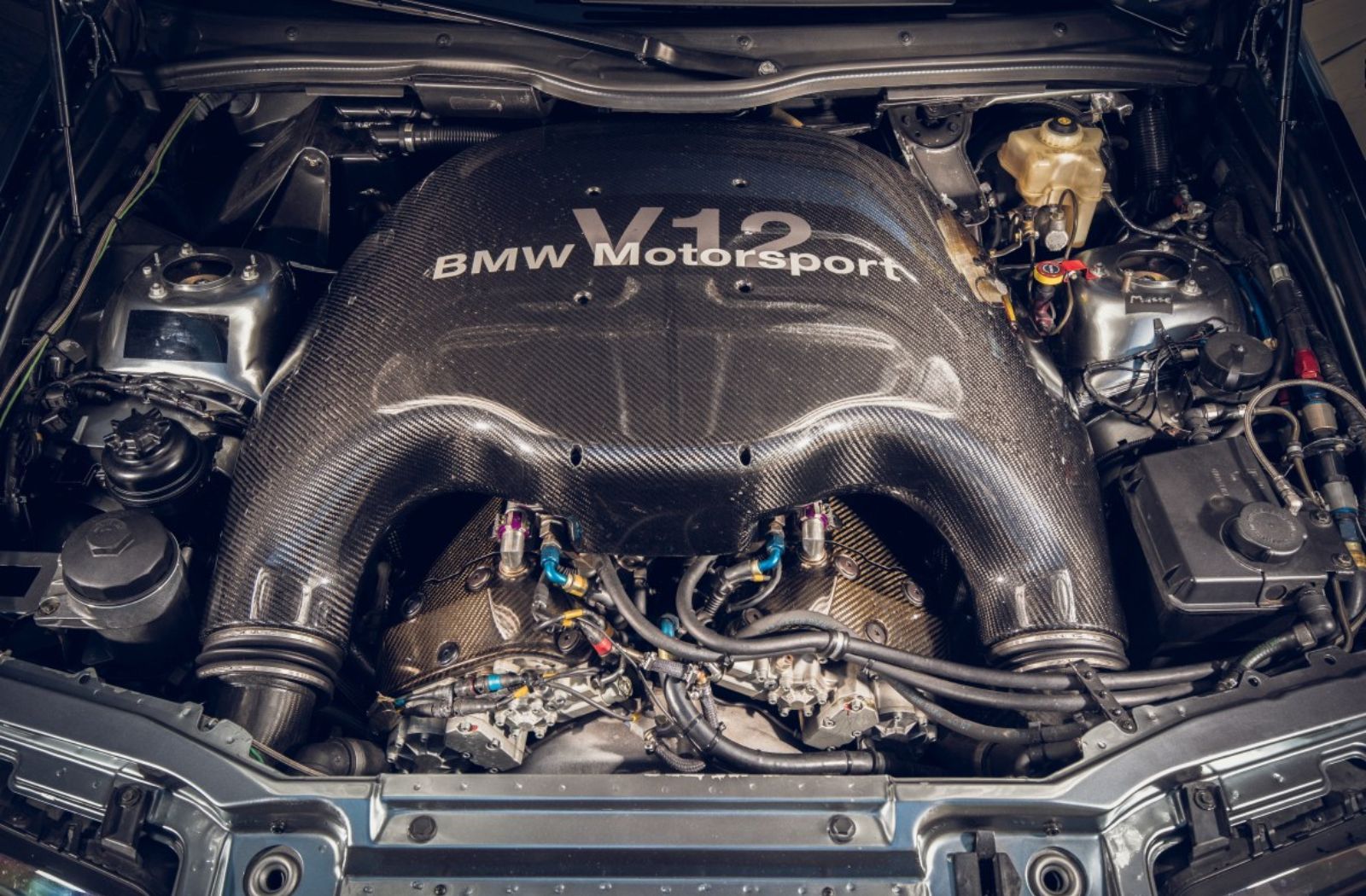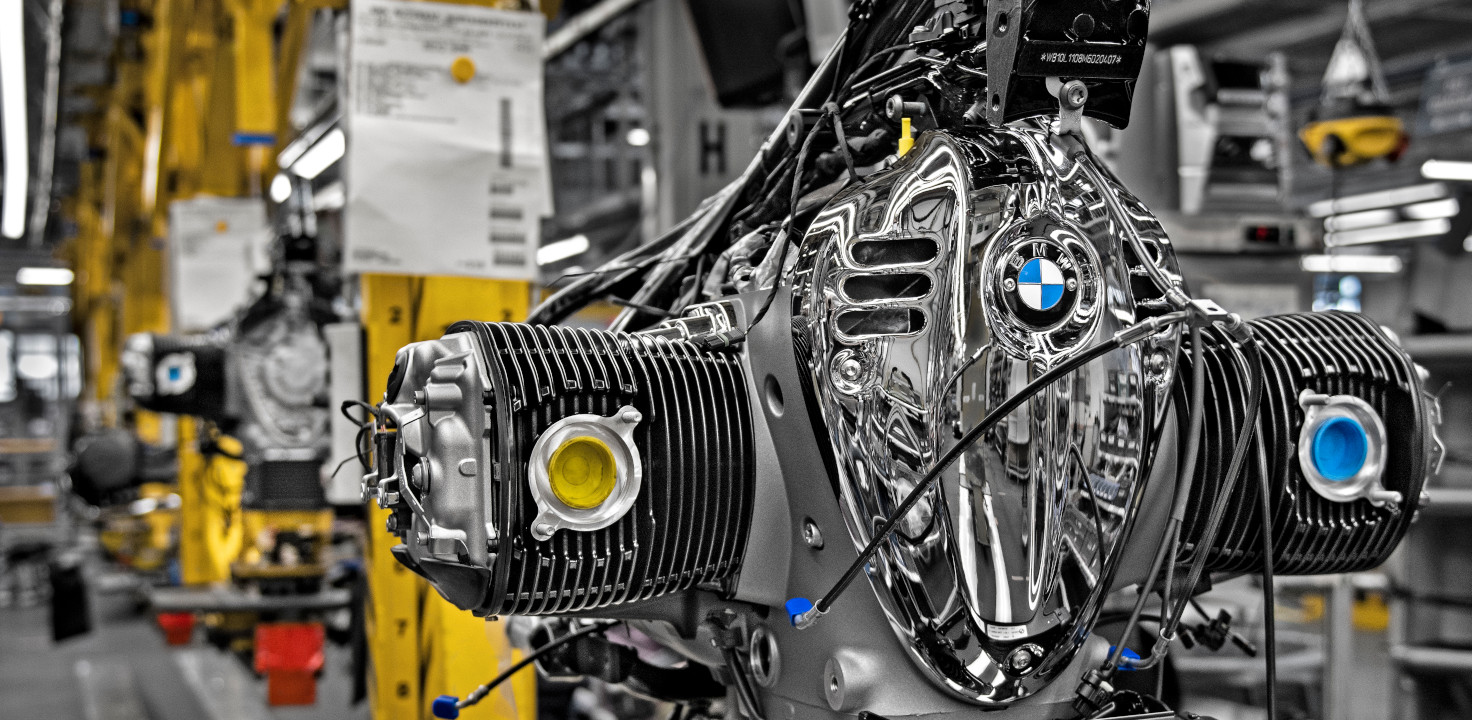Common Issues Faced by BMW Engine Owners and How to Solve Them
Wiki Article
Discovering the Development of Burning Engines in Modern Transport Systems
As we navigate the landscape of modern-day transport, the evolution of burning engines stands as a testimony to human resourcefulness and engineering prowess. The interaction of history, technology, and ecological issues in shaping the trajectory of burning engines creates a narrative that is both insightful and engaging.Early Beginnings of Combustion Engines
Exactly how did the principle of combustion engines initial emerge in the early phases of transportation advancement? The origins of combustion engines can be traced back to the 17th century when the concepts of internal burning were initial checked out.The innovation moment featured the innovation of the very first effective gasoline-powered engine by Karl Benz in 1885 - bmw engine. This engine paved the method for the advancement of the modern vehicle, changing transportation systems worldwide. Subsequent advancements by Nikolaus Otto and Gottlieb Daimler further refined combustion engine innovation, leading to the mass manufacturing of autos and the rapid growth of the transportation market
These early combustion engines were defined by their simplicity and effectiveness, laying the structure for the complicated and powerful engines utilized in contemporary transportation systems. The evolution of combustion engines has actually contributed in forming the means we take a trip and deliver items, noting a considerable turning point in the history of transport growth.
Change to Internal Combustion Technology
The shift to interior combustion technology noted an essential shift in the evolution of transport systems. This change began in the late 19th century, with inventors like Nikolaus Otto and Gottlieb Daimler creating the very first successful internal burning engines. These engines transformed transportation by supplying a much more effective and effective choice to heavy steam engines and electric motors.Among the essential benefits of interior combustion engines was their capacity to be scaled down to match automobiles, resulting in the growth of autos and bikes. This change from bulky, fixed engines to compact, mobile ones led the method for the modern transportation systems we see today.
The transition to interior combustion innovation also stimulated advancements in fuel modern technology, causing the development of gas and diesel as key fuel resources for cars. This change not only made transport more obtainable to the masses but additionally laid the foundation for the oil and gas market to come to be integral to worldwide economic climates.
Impact of Combustion Engines on Transport
The adoption of combustion engines in transport systems catalyzed an extensive change in the performance and speed of international wheelchair. Burning engines reinvented transport by giving a functional and reputable source of power for various automobiles, including cars, aircrafts, ships, and vehicles. This innovation considerably improved the ability for individuals and goods to relocate over fars away in much shorter time structures, bring about increased connectivity between regions and nations.Furthermore, the widespread use of burning engines has actually had a substantial influence on financial growth. The capacity to move items successfully has actually stimulated trade and commerce, allowing businesses to expand their markets and reach consumers worldwide. This has actually promoted financial development and globalization, as products can now be transported faster and in bigger amounts than ever.
Nevertheless, the environmental impact of combustion engines can not be forgotten. The burning of fossil fuels has brought about air contamination and greenhouse gas discharges, contributing to environment change and posing health threats to populations. bmw engine. Because of this, there is an expanding emphasis on developing Bonuses different propulsion innovations to reduce these negative results and create a more lasting future for transport
Advancements in Combustion Engine Layout
One noteworthy advancement is the advancement of turbocharged engines, which utilize exhaust gases to drive a wind turbine that presses inbound air, enabling for more fuel to be charred, resulting in enhanced power output without a significant increase in engine dimension. Variable shutoff timing systems have actually likewise revolutionized engine design by optimizing airflow at various engine rates, improving both power and efficiency. These developments jointly add to the constant renovation of burning engines in contemporary transportation systems.Future Fads in Combustion Engine Development
With technology innovations driving continual advancement, the future of combustion engine growth is positioned to transform transportation systems around the world. Among the essential fads in burning engine development is the press towards greater performance and decreased emissions. Manufacturers are spending heavily in study and advancement to enhance engine efficiency while meeting rigorous environmental laws. This includes the assimilation of sophisticated fuel shot systems, enhanced turbocharging approaches, and the use of light-weight materials to maximize fuel usage and reduce carbon discharges.Another famous trend is the adoption of hybrid modern technologies in combustion engines. Hybrid engines integrate typical combustion innovation with electrical power, offering improved fuel effectiveness and reduced emissions. As the automobile market changes in the direction of electrification, crossbreed combustion engines are viewed as a transitional remedy that bridges the gap between conventional cars and completely electrical ones.
In addition, the integration of smart technologies, such as man-made knowledge and information analytics, is expected to play a significant role in the future of combustion engine development. These innovations can enhance engine performance in real-time, resulting in a lot more effective combustion processes and improved general vehicle efficiency. Accepting these future fads will certainly not only drive advancement in combustion engine growth but likewise add to a much more sustainable and eco-friendly transportation community.

Conclusion
Finally, the development of combustion engines in contemporary transport systems has been marked by considerable improvements in modern technology and layout. From the very early starts of burning engines to the change to inner burning modern technology, these engines have actually had an extensive effect on transport. Advancements in site link burning engine style continue to drive progress in this field, with future trends concentrating on more enhancing efficiency and reducing emissions. The future of burning engines in transport looks appealing as research study and advancement efforts remain to press boundaries.The origins of Home Page combustion engines can be mapped back to the 17th century when the concepts of internal burning were very first checked out. These engines changed transport by supplying a much more powerful and effective alternative to vapor engines and electric motors.

Report this wiki page